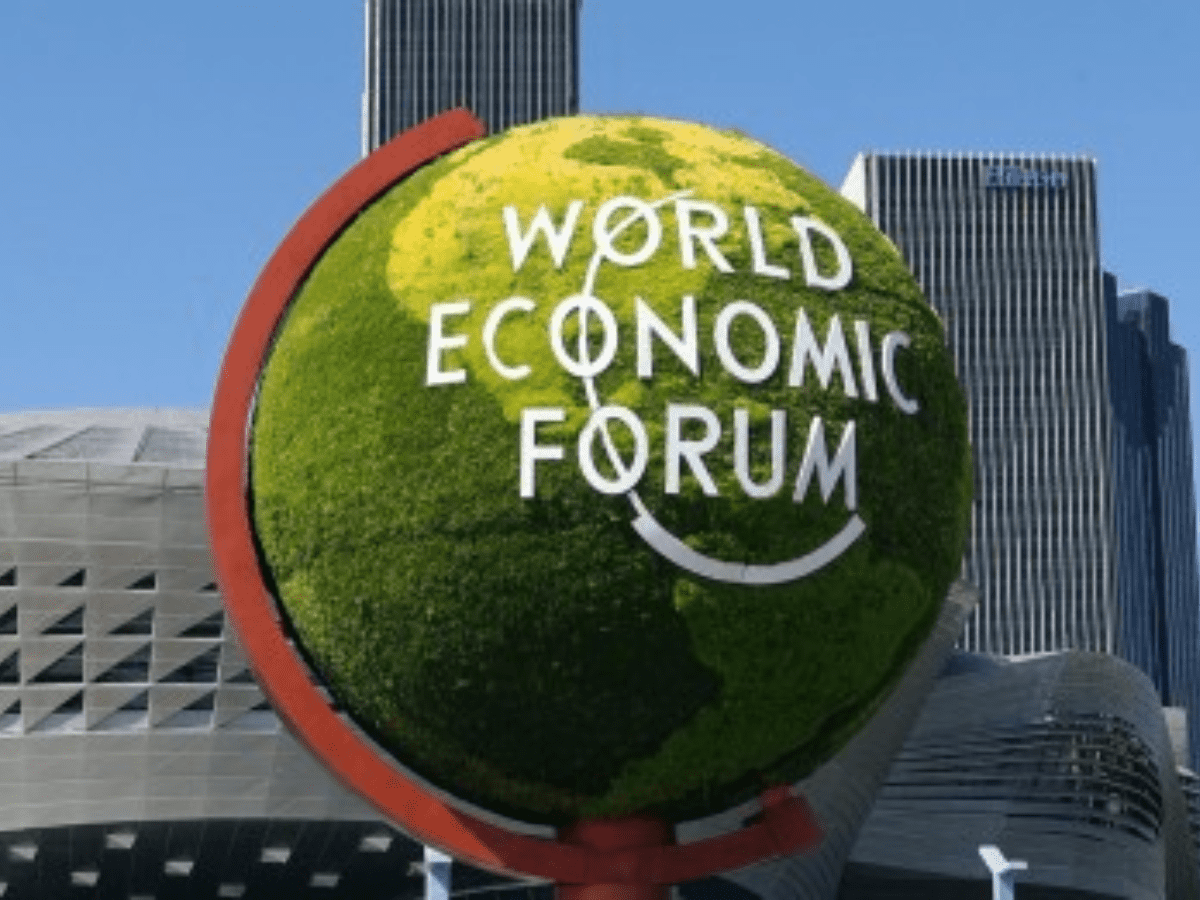
Davos-Klosters: A new World Economic Forum (WEF) report shows closing the women’s health gap would allow more women to live healthier, higher-quality lives, and provide an unprecedented boost to the global economy.
Closing the Women’s Health Gap: A $1 Trillion Opportunity to Improve Lives and Economies, developed in collaboration with the McKinsey Health Institute, analyses the health conditions that uniquely or disproportionately affect women and quantifies the health gap today and the potential economic boon of bridging it tomorrow.
Addressing shortcomings, which limit the ability of many women to engage in the workforce and earn a living for themselves and their families, could reduce the time women spend in poor health by almost two-thirds, improve the health outcomes and daily lives of over 3.9 billion people, and add $1 trillion to the economy annually by 2040.
“Our analysis demonstrates that addressing the women’s health gap and investing in women’s health must be a priority for every country,” said Shyam Bishen, Head of the Centre for Health and Healthcare at the World Economic Forum, at the report release on Wednesday.
“Beyond improving women’s quality of life, ensuring women have access to innovations in healthcare is one of the best investments that countries can make for their societies and their economies.”
Critically, better health is correlated with economic prosperity.
According to the report, women on average spend 25 per cent more of their lives in poor health than men.
Closing the health gap facing women globally could lead to a 1.7 per cent increase in per capita GDP, with every $1 invested in these efforts potentially unlocking $3 in economic growth.
It urges for greater access to gender-specific care and calls on industry leaders to create new financing models and innovative business policies, with broad multi-sector collaboration highlighted as a crucial step towards achieving these goals.
“Investing in women’s health goes far beyond individual women. It is a direct investment in families, communities, societies and economies,” said Anita Zaidi, President, Gender Equality Division, at the Bill & Melinda Gates Foundation.
“Our collective future rests on closing the women’s health gap.”
In response to the report findings, and to bridge the women’s health gap, the WEF has launched the Global Alliance for Women’s Health, a multi-sector global platform that is centred on evidence that investing in women’s health would not only improve billions of individual lives, but also provide a revolutionary economic boon for societies and economies as a whole.
Forty-two organisations have expressed interest in joining the alliance, including government leaders and representatives from the private sector, entertainment industry and philanthropic space.
Together they will pledge new commitments to advance the alliance’s priorities across three pillars: financing, science and innovation, and agenda-setting.
Key partners have already announced $55 million in pledges to improve women’s health outcomes and shape a new future for women’s health across the world.
The Global Alliance for Women’s Health alliance will be guided by an influential, multi-sector governing board that is made up of world leaders representing the diversity of stakeholders that must be involved to advance investments in women’s health.
